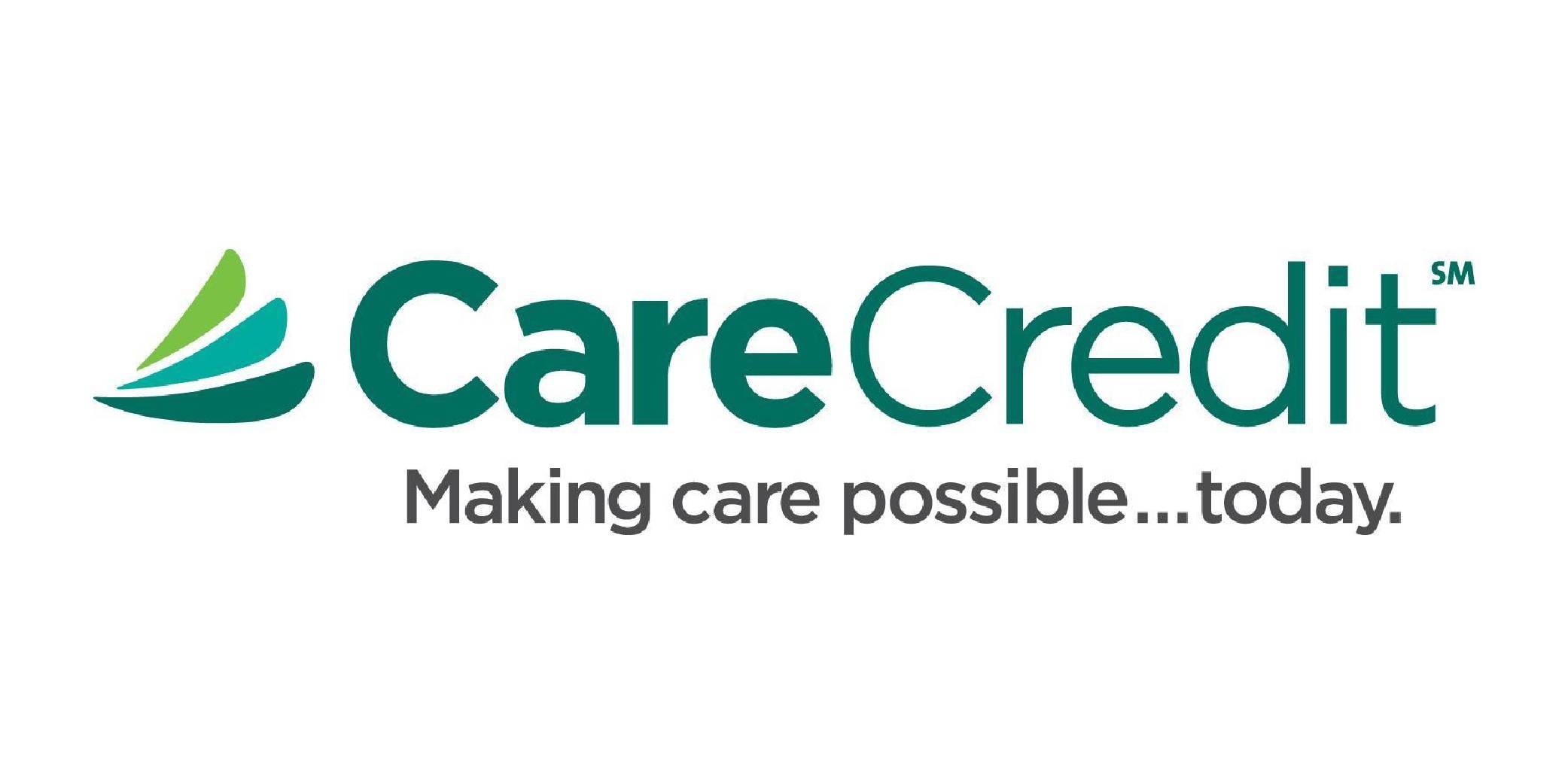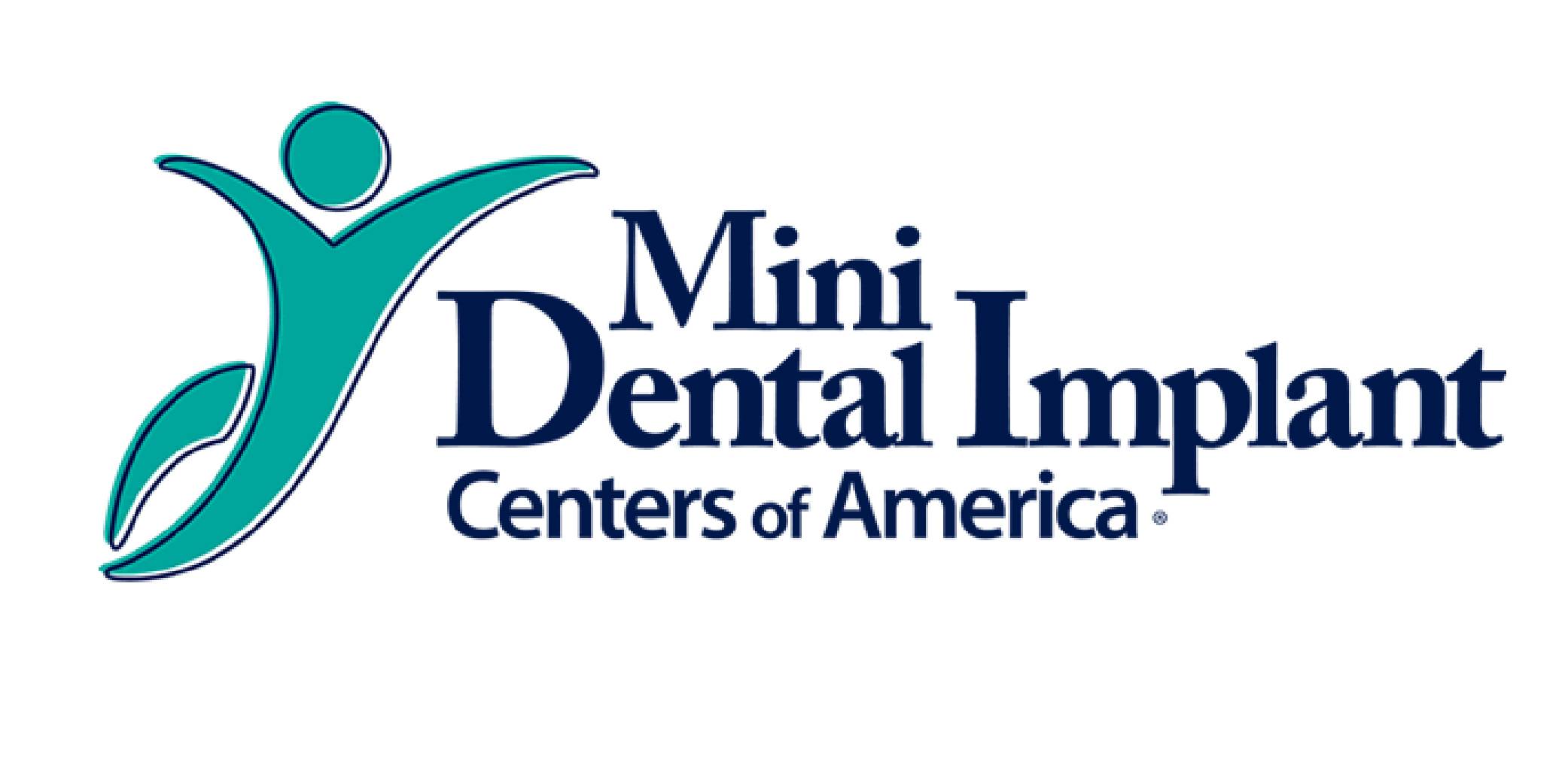Top 15 Vitamin E Foods & Their Benefits

May 2, 2018
Original article and page source found here.
From its potent antioxidant properties to its ability to protect your cells against damage, vitamin E can have a powerful effect when it comes to your health. Getting enough vitamin E foods in your diet may aid in the treatment of certain skin conditions, boost hair growth and even support healthy vision — in addition to the other vitamin E benefits these foods provide.
Found in a wide variety of nutrient-dense foods like fruits, vegetables, nuts, seeds and oils, upping your intake of vitamin E is easy to do and can come with some pretty big benefits. Here’s what you need to know about this important micronutrient and how you can be sure to get in your daily dose.
What Is Vitamin E? Importance of Vitamin E in Body
Vitamin E is a fat-soluble vitamin that acts as an antioxidant in the body. It’s broken up into two different forms: tocopherols and tocotrienols. A specific form of vitamin E called alpha-tocopherol is the most commonly found form in the modern Western diet.
Because of its antioxidant properties, vitamin E is absolutely essential to health. Vitamin E benefits many aspects of health and has been shown to reduce PMS symptoms, support skin and hair health, and promote healthy vision. It also protects your cells against oxidative damage, keeps your immune system running and helps prevent chronic disease. Plus, it reduces blood clotting and is involved in eye health, brain function and gene expression. (1)
Because it’s so abundant throughout the diet, deficiencies are incredibly rare and usually only occur in people with other health conditions that impair the absorption of fat. However, a deficiency in vitamin E can come with some serious and long-lasting health consequences if not addressed.
Top 15 Vitamin E Foods
Getting enough vitamin E in your diet is crucial to overall health. Fortunately, vitamin E is abundant throughout the food supply, making it easy to meet your needs through your diet. It’s especially rich in many types of oils, nuts and seeds, as well as certain types of fruits and vegetables.
Not sure if you’re getting enough vitamin E foods in your diet? Take a look at some of the top sources on this vitamin E fruits and vegetables list and find out if it may be time to start upping your intake.
- Wheat Germ Oil: 1 tablespoon contains 20.2 milligrams (101 percent DV)
- Sunflower Seeds: 1/4 cup contains 11.6 milligrams (58 percent DV)
- Almonds: 1 ounce contains 7.3 milligrams (37 percent DV)
- Hazelnuts: 1 ounce contains 4.2 milligrams (21 percent DV)
- Spinach: 1 cup cooked contains 3.7 milligrams (19 percent DV)
- Avocado: 1 cup contains 3.1 milligrams (16 percent DV)
- Turnip Greens: 1 cup cooked contains 2.7 milligrams (14 percent DV)
- Butternut Squash: 1 cup cooked contains 2.6 milligrams (13 percent DV)
- Pine Nuts: 1 ounce contains 2.6 milligrams (13 percent DV)
- Palm Oil: 1 tablespoon contains 2.2 milligrams (11 percent DV)
- Peanuts: 1 ounce contains 1.9 milligrams (10 percent DV)
- Olive Oil: 1 tablespoon contains 1.9 milligrams (10 percent DV)
- Mango: 1 cup contains 1.8 milligrams (9 percent DV)
- Sweet Potato: 1 cup cooked contains 1.4 milligrams (7 percent DV)
- Tomatoes: 1 cup cooked contains 1.3 milligrams (7 percent DV)
Benefits of Vitamin E Foods
- Hold Antioxidant Properties
- Improve Skin Health
- Promote Hair Growth
- Support Healthy Vision
- Reduce PMS Symptoms
1. Hold Antioxidant Properties
Antioxidants are compounds that help neutralize harmful free radicals in the body to prevent oxidative stress and cell damage. Antioxidants are thought to play a central role in health and disease, with some research showing that they may be protective against several chronic conditions, including heart disease, diabetes and even cancer. (2)
Vitamin E has powerful antioxidant properties that can help prevent premature aging, reduce the risk of disease and protect the health of your cells. Alpha-tocopherol, in particular, is the most common type of vitamin E and has been shown to have both anti-inflammatory and antioxidant properties in the body. (3)
2. Improve Skin Health
Whether you’re looking to speed up wound healing or fight acne, eating more vitamin E foods for skin may be able to help. Thanks to its wealth of potent antioxidants, vitamin E has been shown to aid in the treatment of a range of different skin conditions.
One study published in the journal Cutis showed that combining vitamins A and E was able to help prevent the formation of comedones and milia, which are tiny bumps that form on the skin and are related to acne. (4) Another study out of Italy found that vitamin E supplementation helped improve symptoms of atopic dermatitis. (5)
Although research is limited, vitamin E may also have other benefits when it comes to skin health, such as enhanced wound healing, skin cancer prevention and pressure sore treatment. (6) Plus, vitamin E may also help relieve inflammation, which may aid in the treatment of certain skin conditions like eczema, psoriasis and acne.
3. Promote Hair Growth
In addition to giving you glowing skin, vitamin E can also help keep your hair healthy and strong as well. In fact, some research suggests that adding more vitamin E foods for hair into your diet can actually help promote hair growth.
A recent 2017 study reported that oxidative stress is linked to hair loss, meaning that loading up on antioxidant-rich foods like vitamin E foods may help keep your hair healthy. In fact, one study published in the journal Tropical Life Sciences Research looked at the effects of vitamin E in 38 people with hair loss and found that supplementing with vitamin E for eight months increased the number of hairs of volunteers by a whopping 34.5 percent. (7)
4. Support Healthy Vision
Vitamin E is one of the key micronutrients involved in vision. In fact, vision loss is one of the most common symptoms of a vitamin E deficiency.
Vitamin E may also be protective against certain vision disorders. A review published by Qingdao University Medical College showed that a high intake of vitamin E through food sources or supplementation and high levels of vitamin E in the blood may be associated with a lower risk of age-related cataracts. (8) Another study published in Diabetes Care found that taking a high dose of vitamin E helped normalize blood flow to the retina in people with type 1 diabetes, indicating that vitamin E may help protect against diabetes symptoms like diabetic retinopathy and vision loss. (9)
5. Reduce PMS Symptoms
Premenstrual syndrome, also known as PMS, is a cluster of symptoms that many women experience shortly before their periods, including mood swings, cravings, fatigue, irritability, depression and tender breasts.
Some promising research has found that vitamin E may be a natural and effective way to treat PMS symptoms. One study comprising 86 women showed that vitamin E was effective in providing symptom relief. (10) Another study had similar findings, reporting that vitamin E supplementation was able to improve three out of four classes of PMS symptoms in women. (11)

How Much Vitamin E Do You Need Per Day?
For most adults, it’s generally recommended to get in at least 15 milligrams of vitamin E daily, although this number jumps up to 19 milligrams for women who are breastfeeding.
The vitamin E requirement for children can vary widely based on age, however, as vitamin E needs gradually increase as we get older. Here are the recommendations for vitamin E intake from the National Institutes of Health: (12)
- 0–6 months: 4 milligrams daily
- 7–12 months: 5 milligrams daily
- 1–3 years: 6 milligrams daily
- 4–8 years: 7 milligrams daily
- 9–13 years: 11 milligrams daily
- 14+ years: 15 milligrams daily
Signs of Vitamin E Deficiency
A deficiency in vitamin E is very rare and typically only occurs if you have an underlying condition that impairs absorption of fat-soluble vitamins like vitamin E. In particular, people with cystic fibrosis, Crohn’s disease, chronic pancreatitis, cholestasis or short bowel syndrome are at a higher risk for vitamin E deficiency.
Common symptoms of a deficiency in vitamin E include: (13)
- Muscle pain
- Weakness
- Vision problems
- Numbness
- Decreased immunity
- Loss of balance
- Tremors
- Difficulty walking
If you think that you may have a vitamin E deficiency, it’s important to talk to your doctor to determine the best course of action. Increasing your intake of foods high in vitamin E is generally recommended over supplementation to minimize the risk of adverse side effects.
Where to Find and How to Use Vitamin E Foods
Vitamin E can be found in a variety of foods that are available right at your local grocery store. To give your vitamin E intake a boost, simply head to the produce section and start stocking up on a few foods with vitamin E, such as avocados, turnip greens, spinach and tomatoes. You can also check out the health section of your favorite store or look online to find some of the more concentrated sources of vitamin E, such as wheat germ oil.
Vitamin E supplements are also available in capsule form and are often used by doctors to treat more severe vitamin E deficiencies. The gel from these capsules can also be extracted and applied directly to the hair or skin. However, if taken by mouth, there is concern that vitamin E supplementation could increase the risk of bleeding and stroke. It may also cause side effects, such as stomach cramps, nausea, diarrhea and fatigue. (14)
In most cases, it’s best to get your vitamin E through whole food sources rather than supplements unless under medical supervision to minimize the risk of these negative side effects. Not only that, but including a wide array of vitamin E-rich fruits and veggies in your diet can also supply other important nutrients that your body needs. In fact, many sources of vitamin E are also good sources of vitamin K and also considered nutritious vitamin C foods as well.
Vitamin E Foods Recipes
Making a few simple switches to your diet is the best way to squeeze in an extra serving of vitamin E foods. There are plenty of nutritious (and delicious) foods rich in vitamin E to choose from, making it easier than ever to increase your intake.
Here are a few recipes that pack in a hearty dose of vitamin E to help you meet your daily needs:
- Avocado Grilled Cheese
- Sweet Potato, Chickpea and Spinach Coconut Curry
- Mango Coconut Ice Cream
- Sauteed Turnip Greens with Pine Nuts and Raisins
- Butternut Squash Soup
History
Although we now recognize just how vital vitamin E is to health, it wasn’t even discovered until 1922 by scientists Herbert McLean Evans and Katharine Scott Bishop. They recognized that the vitamin was essential for animal reproduction and gave it the name “tocopherol,” which is derived from the Greek words “tókos,” meaning birth, and “phérein,” meaning to carry. From there, it took another 13 years for the vitamin to first be isolated in 1935 at the University of California, Berkeley.
In 1967, an article in the Journal of the American Medical Association was published, noting that few therapeutic uses or deficiencies had been unearthed since its discovery 45 years prior. Apart from being necessary for animal reproduction, researchers weren’t quite sure what role vitamin E had in health and disease. (15)
Since then, subsequent studies have continued to show the multitude of health benefits linked to vitamin E. Today, vitamin E is known as an important micronutrient and antioxidant as well as a crucial component of the diet.
Precautions
Although there are minimal risks associated with increasing your intake of vitamin E-rich foods, there is some concern over the safety of vitamin E supplementation.
Fifteen milligrams daily is the recommended daily dose for vitamin E. Exceeding this amount can cause serious side effects, especially if you have underlying health conditions like diabetes or heart disease. Taking high amounts of vitamin E can increase the risk of adverse symptoms and may even increase the risk of hemorrhagic stroke by 22 percent. There is also some research indicating that taking high amounts of a multivitamin combined with a vitamin E supplement could actually increase the risk of prostate cancer in men.
Vitamin E supplementation may also cause other symptoms, such as nausea, stomach cramps, diarrhea, fatigue, headaches and bruising.
For this reason, it’s best to stick to upping your intake of vitamin E foods rather than using a supplement, unless advised by your doctor. By incorporating more foods high in vitamin E into your diet, you can also get in other important micronutrients as well to help round out and optimize your diet.
Final Thoughts
- Vitamin E is a type of fat-soluble vitamin with antioxidant properties. In addition to reducing oxidative stress and blocking blood clotting, it’s also involved in eye health, brain function and gene expression.
- It’s found in abundance throughout many different foods, but some of the best sources of vitamin E include fruits, vegetables, nuts, seeds and oils.
- In addition to acting as an antioxidant, vitamin E may also help reduce PMS symptoms, promote hair growth, support better vision and improve skin health.
- Deficiency in vitamin E is rare and usually only occurs alongside other health conditions that impair fat absorption. Vitamin E deficiency symptoms can include muscle pain, weakness, vision problems and numbness.
- Although supplements are available, there is some concern that they may come with adverse side effects. Instead, it’s best to incorporate a wide variety of vitamin E foods in your diet to help meet your micronutrient needs.









